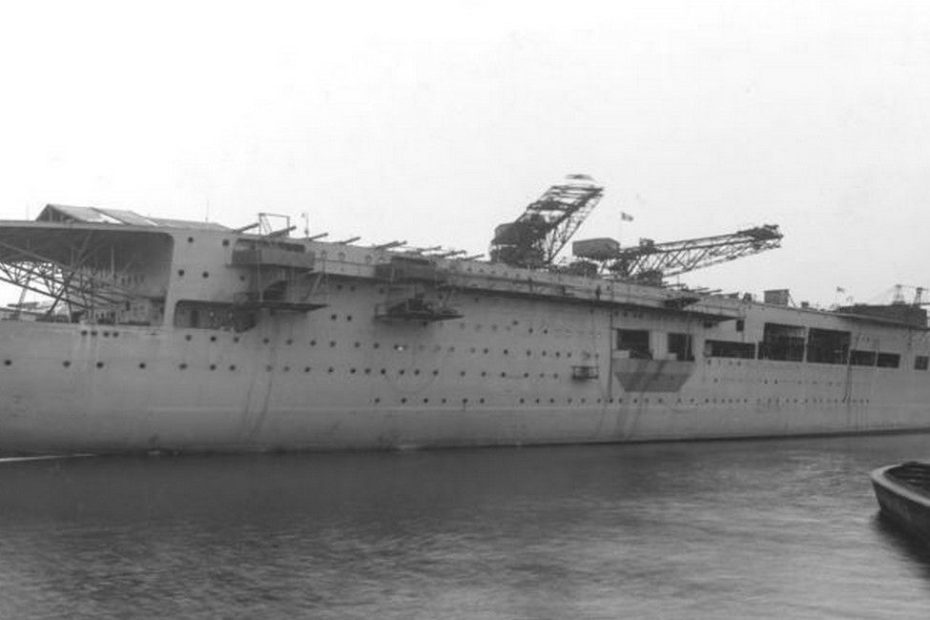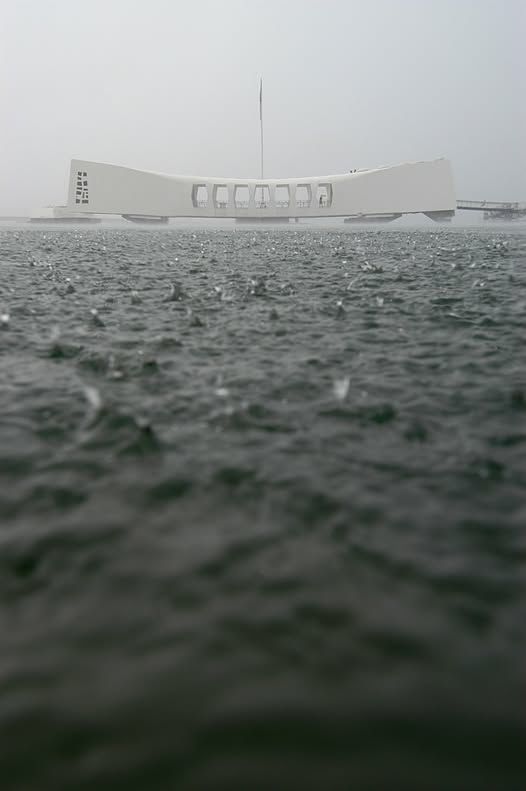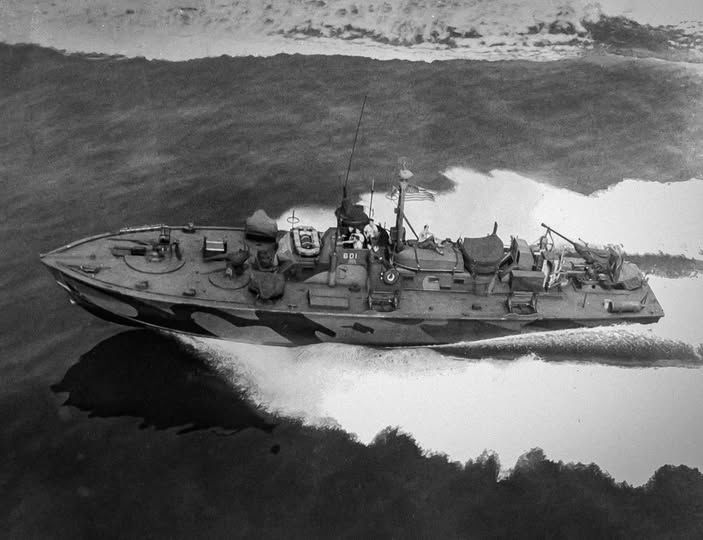The Graf Zeppelin, an ambitious project of Nazi Germany during World War II, stands as a testament to the country’s aspirations in naval aviation. Designed to be a formidable aircraft carrier, she was never completed, yet her legacy endures as a symbol of what might have been.
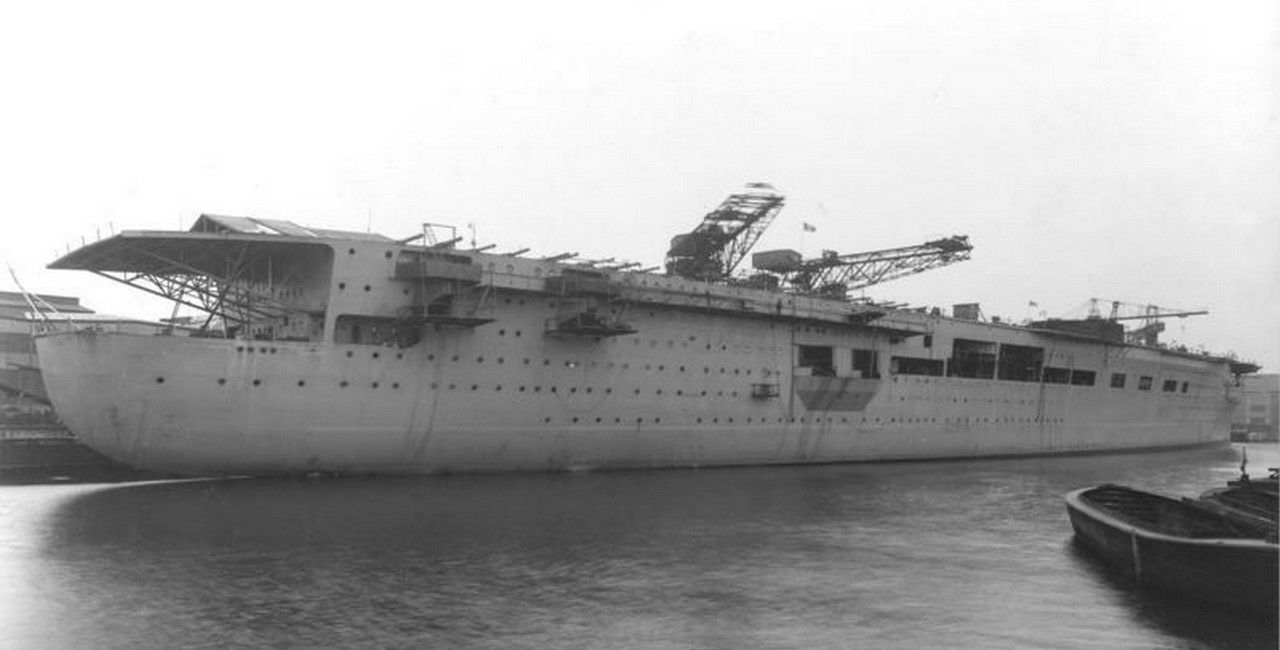
Conceived in the late 1930s, the Graf Zeppelin was intended to be the first aircraft carrier for the German Navy. With a length ranging from 861 to 872 feet, she was roughly equivalent to the American Essex-class carriers but significantly heavier, weighing in at around 33,000 tons compared to the Essex’s 27,000 tons. This additional weight suggested a more robust design, with the potential for enhanced durability and resilience in combat.
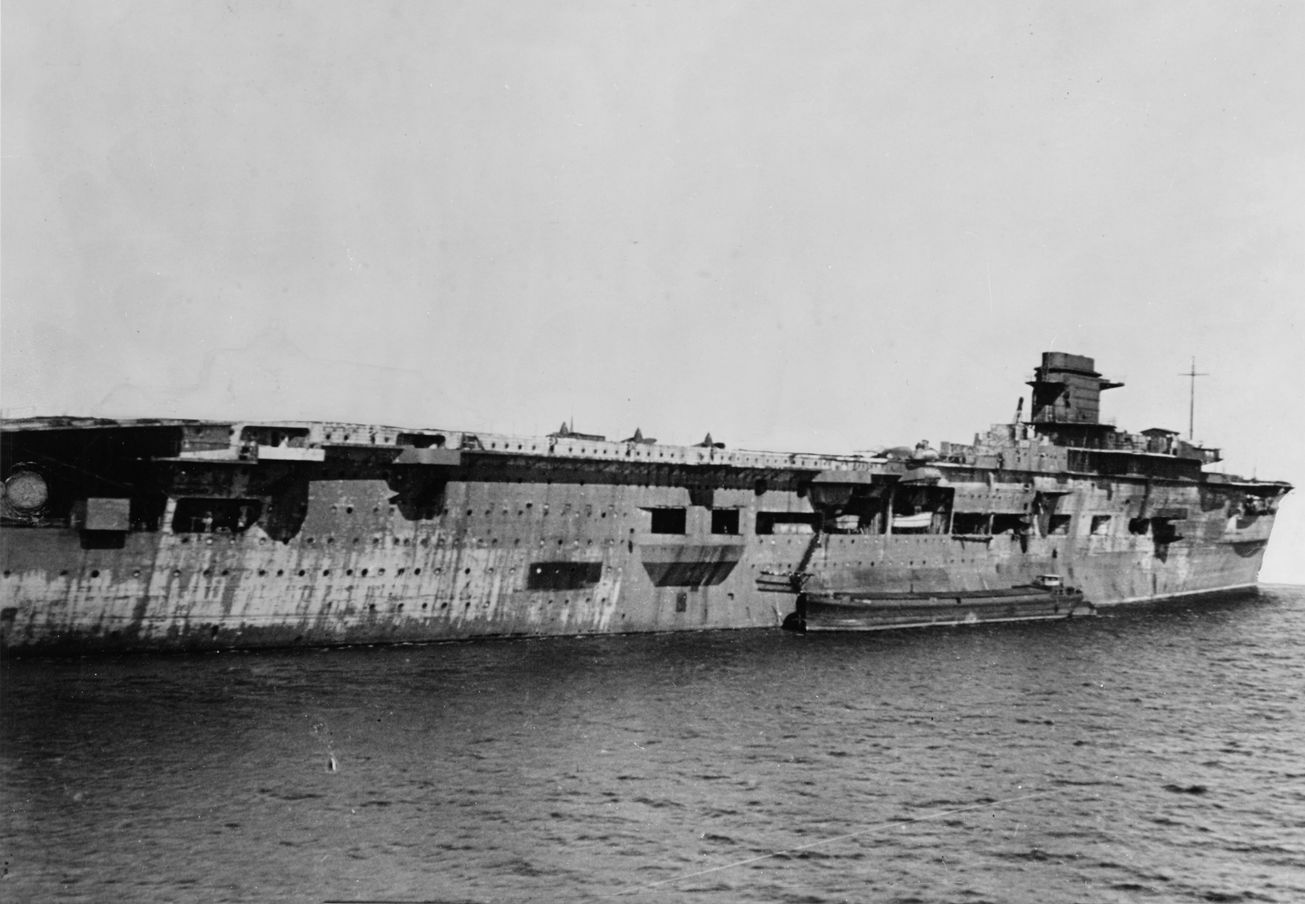
One of the most impressive features of the Graf Zeppelin was her machinery. Designed to produce an astounding 200,000 shaft horsepower, she would have boasted the capability to reach speeds of up to 35 knots. This would have made her a swift and agile player on the high seas, capable of launching and recovering aircraft efficiently. However, one of the notable downsides of her design was her air group, which was expected to carry only about 40 aircraft, far fewer than the 90 typically housed on contemporary carriers like the Essex.
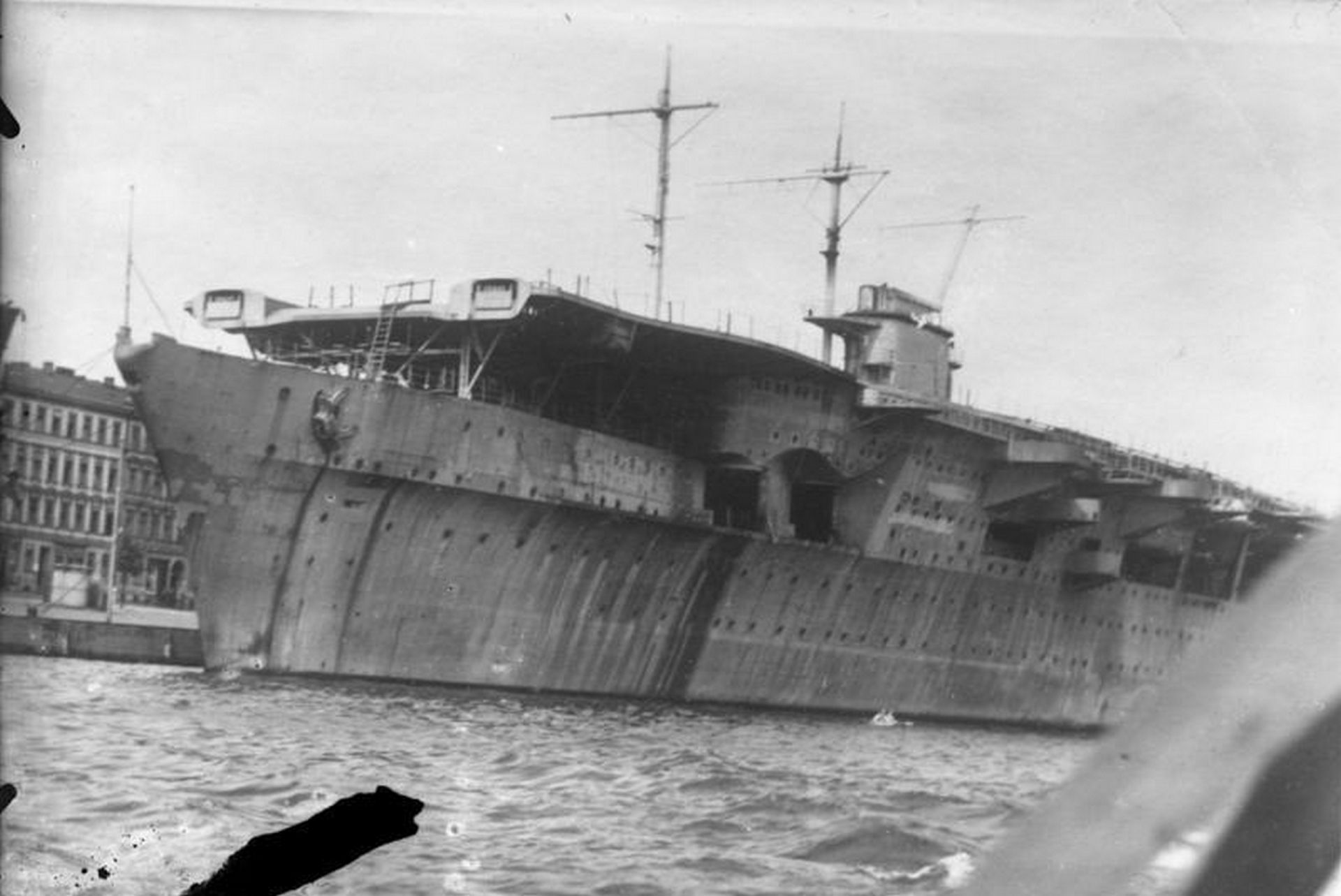
Construction of the Graf Zeppelin began in 1936 at the Reichsmarinewerft in Stettin (now Szczecin, Poland). The ship was launched in December 1938, but her journey to completion was fraught with difficulties. As World War II intensified, resources became increasingly scarce, and the focus of the German military shifted toward immediate wartime needs. The complexities of engineering a modern aircraft carrier added further delays to the project.
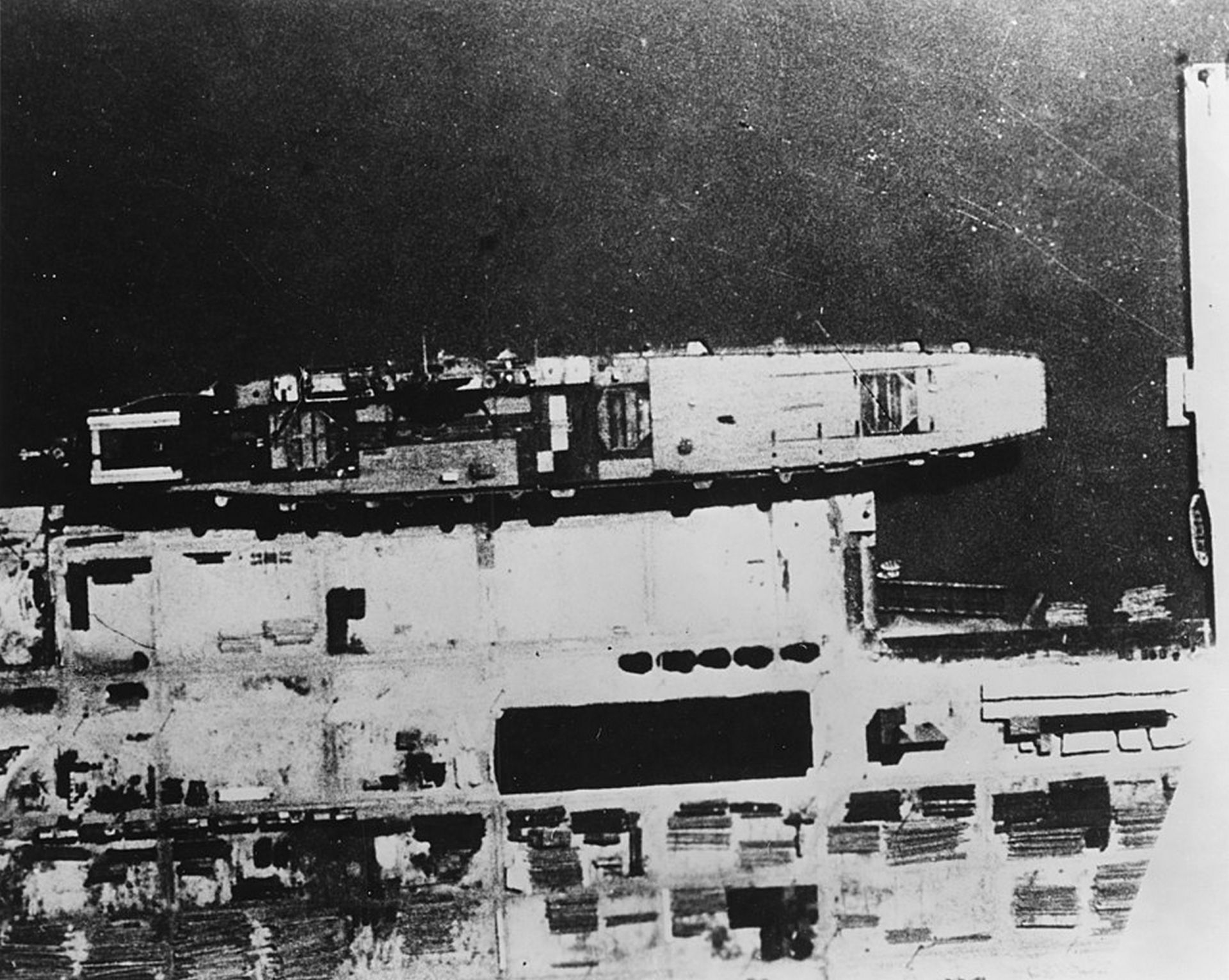
By the end of the war, the Graf Zeppelin was still unfinished. The Allies had gained air superiority, making the carrier’s intended role less relevant in the rapidly changing dynamics of naval warfare. In 1945, the incomplete vessel was seized by the Soviet Union, but she was never put into service. Ultimately, she was scuttled in 1947 to prevent her from falling into the hands of the Western Allies.
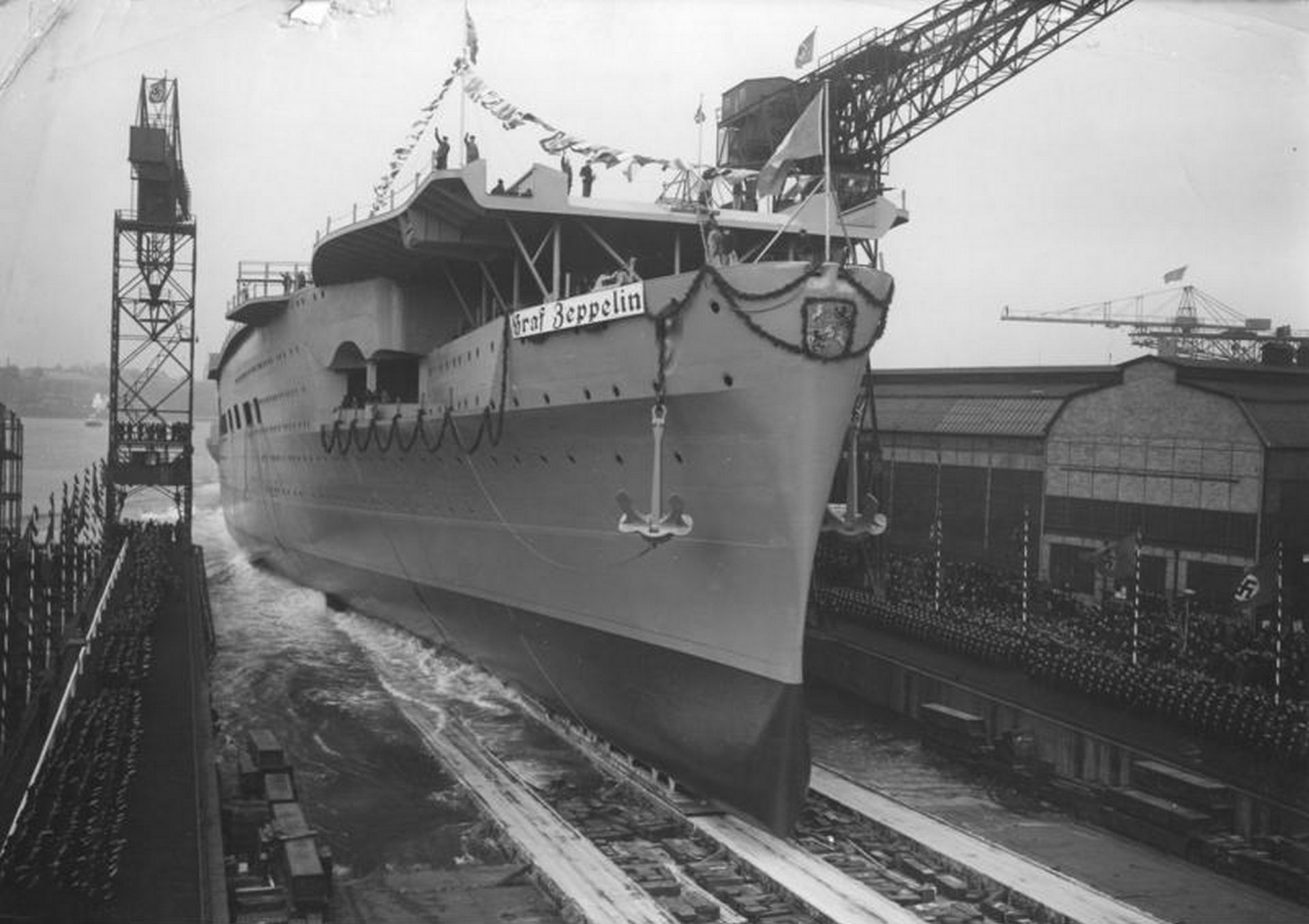
Though the Graf Zeppelin never sailed into battle, her design and the concept of a German aircraft carrier significantly influenced naval discussions for years to come. The unfinished ship symbolizes the ambitious naval strategies of Nazi Germany and the complexities of shipbuilding during a time of war. In contemporary times, the Graf Zeppelin has become a subject of fascination for historians and naval enthusiasts alike, representing both the potential of military innovation and the constraints imposed by war.
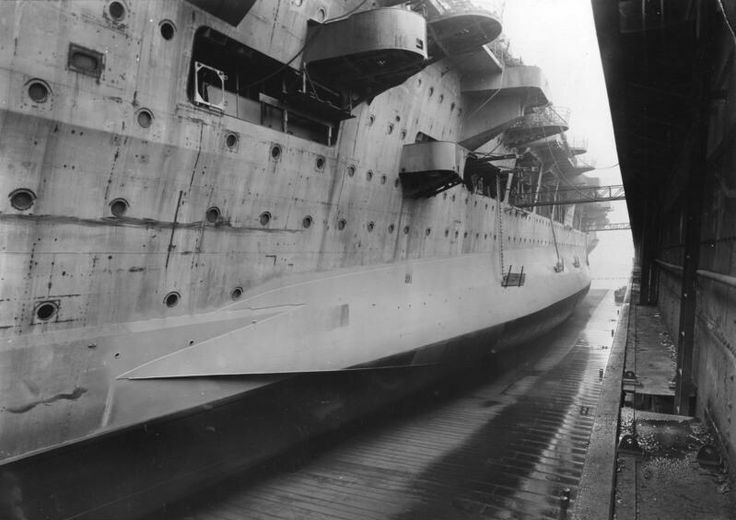
In conclusion, the Graf Zeppelin stands as a remarkable chapter in naval history. Her story reminds us of the technological aspirations of a nation at war and the sometimes tragic fate of ambitious military projects that never reach fruition.
